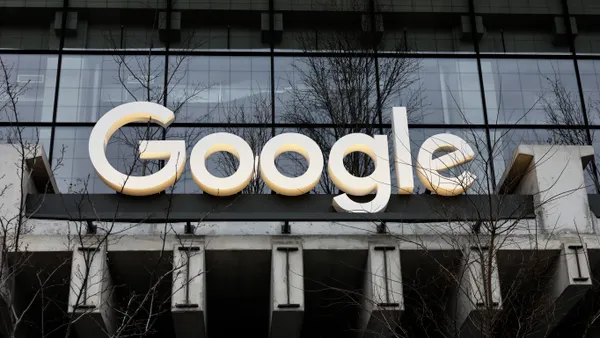As last year’s economic pall lifted, enterprises loosened budget constraints — just a bit.
Executives were more optimistic heading into 2024 but still wary, according to a Boston Consulting Group survey of more than 600 global business leaders. Even with elevated hopes, companies remained eager to expand on cost optimization gains, particularly in spending-intensive areas like cloud, where data hungry generative AI capabilities are likely to drive heavier usage.
“Generative AI brought a lot of excitement but also a lot of worry about what it’s going to do to cloud bills, and rightly so,” Rohit Nalgirkar, managing director and partner in BCG’s technology and digital advantage practice, told CIO Dive.
While budget scrutiny cuts across the enterprise, CIOs play a strategic role in optimizing spending, or what BCG refers to as cost transformation. Enterprise technology connects a company’s business processes to its products, Nalgirkar said, creating three primary opportunities for CIOs to reap the benefits of cost transformation:
- Providing the business with the tools to analyze financial and operations data, identify spending pain points and mapping out IT solutions.
- Implementing plans to pare back unnecessary costs, such as overprovisioned cloud resources, and deploy tools, such as generative AI, that can boost efficiency.
- Leveraging vendor relationships to bring SaaS and other service-level agreements in line with business realities and improving license utilization.
“Technology is so fundamental to business that not involving IT leaders in an organization’s cost transformation from day one is like driving a car that’s low on fuel,” Nalgirkar said in a recent blog post. “You won’t get far.”
Cloud controls
CIOs feel the heat. As enterprise cloud estates grew in size and complexity, controlling spend was the top cloud challenge cited by IT executives in Flexera’s 13th annual State of the Cloud Report, published Monday.
The potential for wins is significant. Companies can reduce tech spend alone by up to 40% through cost management, based on BCG’s analysis of more than 3,000 companies over a five-year period
“Improving IT cost management can reduce technology spending anywhere from 15% to 40%, depending on the situation,” Nalgirkar said.
Cloud’s usage-based pricing model can be an ally or an enemy in the battle to control IT spend.
The hyperscalers provide customers with usage optimization tools, tiered storage options and built-in discount opportunities, but many organizations fail to take advantage of these perks.
More than half of the largest cloud provider’s customers paid on-demand rates for compute last year, according to ProsperOps’ analysis of $1.5 billion in AWS bills. The FinOps solution provider estimated customers could save an average of 30 cents of every dollar spent on cloud compute.
The move toward FinOps, a cloud cost optimization framework adopted by more than half of respondents to the Flexera survey, is a gamechanger, but only with sustained effort.
“The real value of FinOps is in continued governance,” Nalgirkar said. “The key is, it’s not a one-and-done thing.”













